DERBY winners beget future Derby winners. Take Galileo, for example, who produced five Epsom Derby winners - New Approach (2008), Ruler Of The World (2013), Australia (2014), Anthony Van Dyck (2019) and Serpentine (2020), following his own 2001 victory.
How about recent Olympic medallists? Particularly in this millennium when performance stallions, artificial insemination and embryo transfer became the norm and improved the odds? How many Olympic medallists, particularly individual winners, produced another one?
Somewhat surprisingly, the results are quite different from the bloodstock world. Which, of course, has a much shorter cycle in producing the next generation of racecourse winners compared to say, the longest road of all in the sport horse world, which is that of breeding Olympic event horses.
There is a definite pattern of predominant bloodlines shining through and of Olympic contenders producing Olympic medallists, for example Galoubet A, the sire of Baloubet du Rouet. And then there are household name sires, such as Kannan and Chacco-Blue, who although hadn’t competed at the Olympics themselves, still produced individual gold medallists like Nino des Buissonnets and Explosion W.
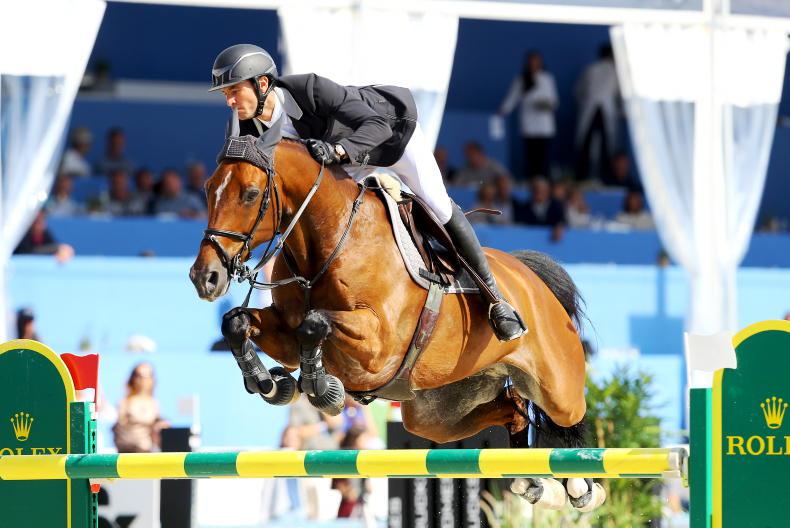
Steve Guerdat riding Nino des Buissonnets in the Rolex Grand Prix \ Scoopdyga
Jaguar Mail, whose owner-breeder Bernard le Courtois recently announced his retirement from breeding sport horses, show jumped at Hong Kong. He’s the sire of Colorado Blue, Austin O’Connor’s Tokyo veteran and mainstay of the Irish eventing team for Paris this summer.
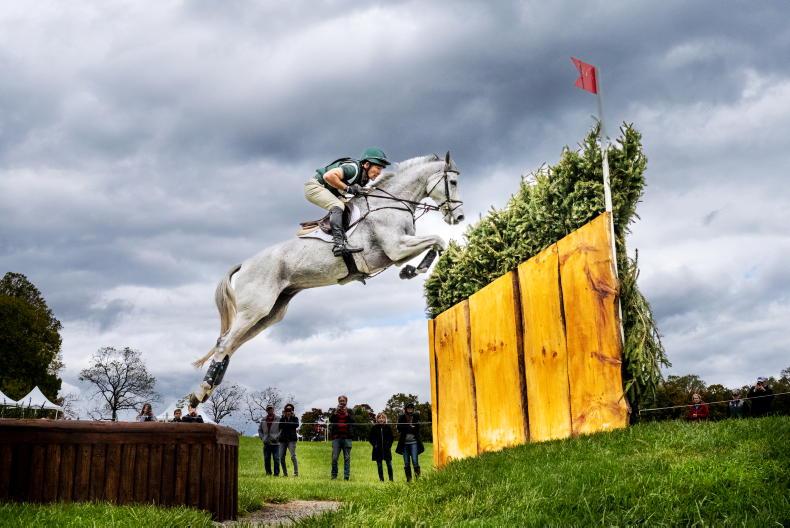
Austin O'Connor and Colorado Blue take on the cross-country on their way to winning the 2023 Mars Maryland CCI5*- L \ Shannon Brinkman
And take another example, in this instance, Easy Game. He’s the sire of TSF Dalera BB, strongly fancied to retain her Tokyo title at Paris. Competed up to Prix St. George level, the Trakehner stallion’s non-Olympic career didn’t hinder his chances of producing a gold medal winner.
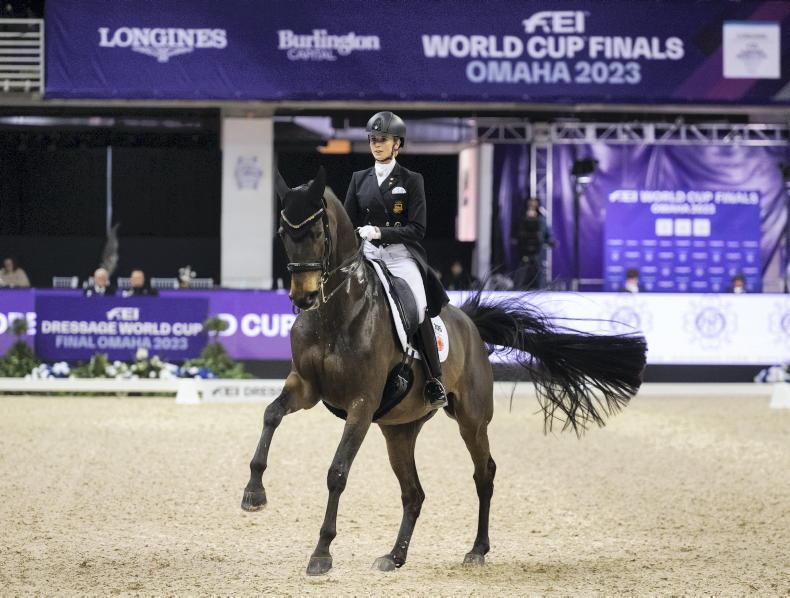
Jessica von Bredow-Werndl rides TSF Dalera BB at the FEI World Cup™ Finals 2023 in Omaha \ FEI/Richard Juilliart
Nor did Cruising go to the Games. However, he produced a number of Olympic horses at London a dozen years ago, namely Electric Cruise, Flexible and Mr Medicott, bred by Jimmy Ryan, Catherine and Edward Doyle and the late Dr Donal Geaney, respectively.
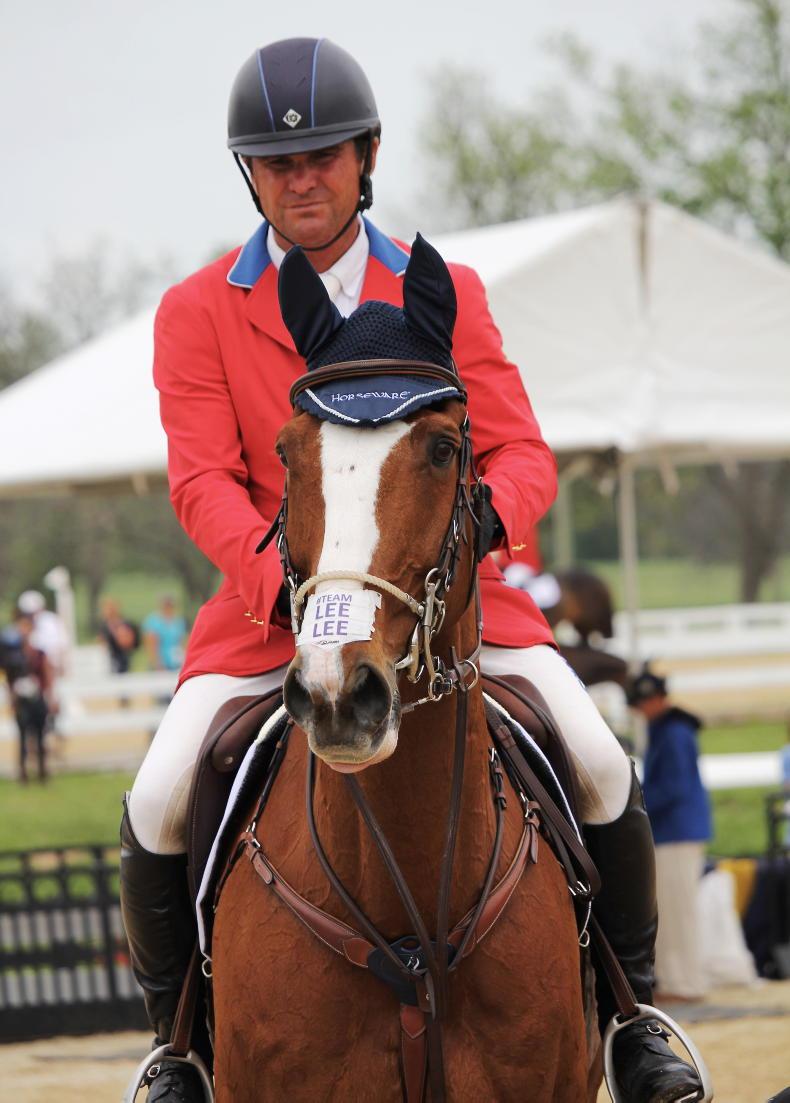
Mr Medicott and Philip Dutton \ Susan Finnerty
Five-ring damlines
Ex-racehorse Imperius, trained by Con Collins, made his mark in another career and so, while never in contention for the Olympics himself, has been a strong influence on Irish-breds at the Games.
Forty years ago, Slyguff Stud’s home-bred Slygof finished fifth in Los Angeles, with Switzerland’s Bruno Candrian and the Imperius line still prevailed at London.
In 2012, his thoroughbred son Master Imp, had the most progeny of any eventing sire represented at those Games. This quartet included High Kingdom (breeder: William Micklem; rider: Zara Tindall), Master Crusoe (Phyllis and Michael Doyle. Aoife Clarke), Master Rose (Patrick Kirwan. Ronald Zabala) and Ringwood Magister (Adrian Bourke. Tiana Coudray).
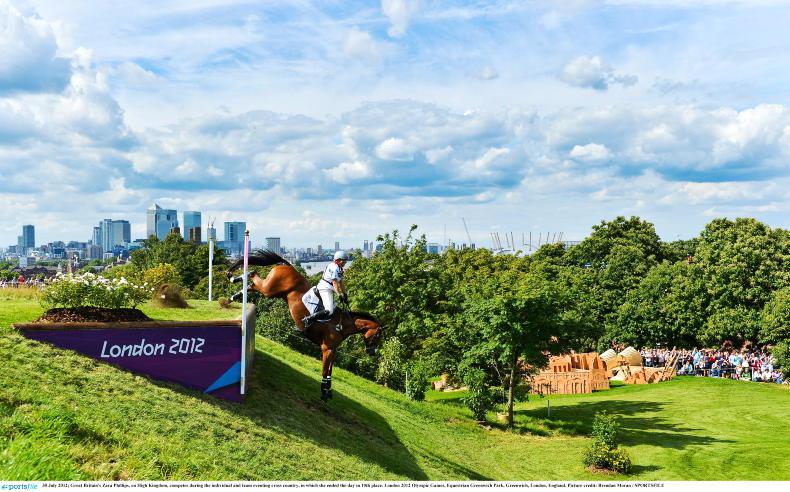
Great Britain's Zara Phillips, on High Kingdom, competes during the individual and team eventing cross-country, in which she ended the day in 10th place at the London 2012 Olympic Games \ Brendan Moran / Sportsfile
Incidentally, High Kingdom, on the British silver medal winning team on home ground, is a full-brother to Mandiba. Four years earlier, he competed at the Hong Kong Olympics with Karen O’Connor (USA).
Their dam High Dolly (Chair Lift) is not only the other common denominator to this rare Olympic pair, both bred by Micklem, but also a reminder of the power and influence of the dam too in many success stories.
Another example of a strong Olympic eventing damline is the Algotsson family’s Princess Fair (Prince Fair) line. Bred by Margareta Algottson, Princess Fair produced two Olympic offspring: Robin des Bois (Robin Z. Athens Olympics) and Stand By Me (Stanford. Athens and Hong Kong). Both on the Swedish team and both competed by Margareta’s daughters, Sara Algotsson Ostholt and Linda Algotsson. A great human and equine story and one then topped off by a London medal.
It was an extraordinary family double, as Robin des Bois and Stand By Me’s half-sister La Fair (Labrador) not only produced Sara’s individual silver medallist Wega (Irco Mena), but La Fair herself also competed at London with Linda.
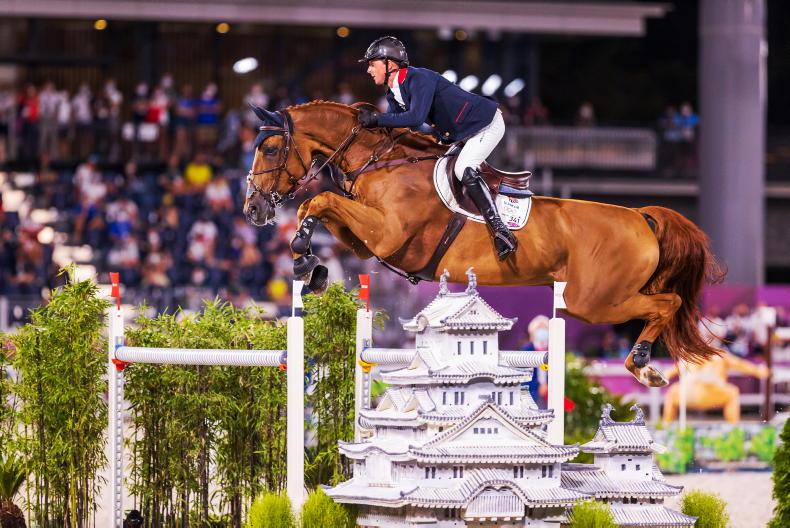
Britain's Ben Maher won the individual gold with Explosion W at the Tokyo Olympic Games \ Tomas Holcbecher
Matching up medals
Olympic damlines tend to be even more intriguing, with the odds weighted in favour of popular stallions that can produce large three-digit foal numbers each year.
Still, with all the variables stacked up against a horse ever making it to the Games, it’s still a worthy achievement for sires such as Casall ASK, Chacco-Blue, Cornet Obolensky and Sandro Hit to have multiple Olympic hopefuls.
Chacco-Blue, for example, had several offspring at Tokyo, including Ben Maher’s eventual individual gold medal champion Explosion W.
And there’s a second-generation link to another individual gold medal winner, as Explosion W’s damsire Baloubet du Rouet initiated this double at Athens.
Clinton is a further example of an Olympic stallion producing if not Olympic medallists, offspring that went on to compete at the Olympics.
He jumped at the Athens Olympics with Germany’s Dirk Demeersman, where Clinton finished joint-fourth.
Two examples of Clinton’s Olympic offspring are Cornet Obolensky, later disqualified from the Hong Kong Games for an infringement of medication protocols, and Coral Reef Via Vola, who competed at London.
Cardento was another stallion at Athens 20 years ago, then his son Kilkenny (Ita Brennan. Cian O’Connor) finished seventh at Tokyo.
There were a couple more such links of Olympic sires producing the next generation Olympians and several ‘on paper that should have worked’ examples.
Take the Swedish combination of, again, Cardento and the Robin Z mare, H&M Butterfly Flip, both on that Swedish silver medal team at Athens. The resultant filly Flip’s Little Sparrow has competed at 1.60m Grand Prix level and Nations Cup final level, but never quite emulated her Olympic parents.
Coincidentally, another pair of Olympic horses Quabri de L’Isle (Kannan) and Rio individual bronze medallist Fine Lady 5 (Forsyth), both retired at CHI Geneva in 2021. What they produce in future years could well be noteworthy.
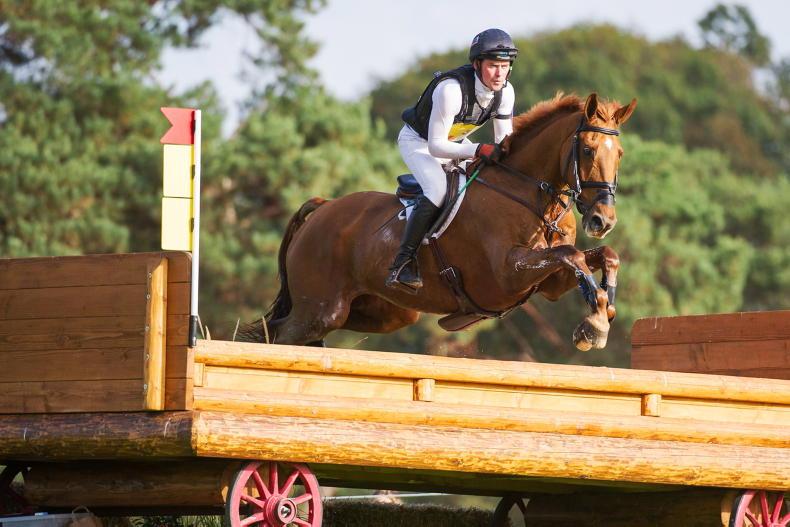
Joseph Murphy and Electric Cruise competing in the cross-country phase at Pau 2014
It’s never that simple and formulaic though in the horse breeding world. Overall, it was surprising when looking through the medallists roll of honour, how few direct descendants matched that success by winning another medal.
The odds of any horse getting to the Games are high. Take all the sport horse studbooks around the globe producing horses for the three Olympic disciplines for starters.
Thoroughbred foal production numbers can be factored in too for eventing, now the remaining stronghold of the thoroughbred at the Olympic Games. It’s a considerable pool of potential Olympic horses, then whittled down every four years at the Games to an elite startlist. Getting to the Olympics is an achievement in itself and it turns out that medal winners producing medal winners are an even greater rarity.
Did you know